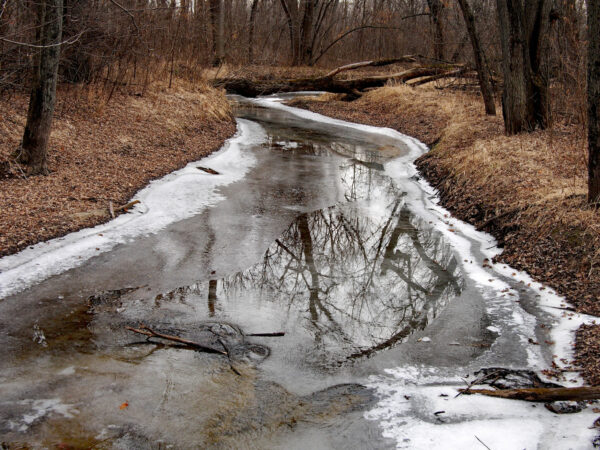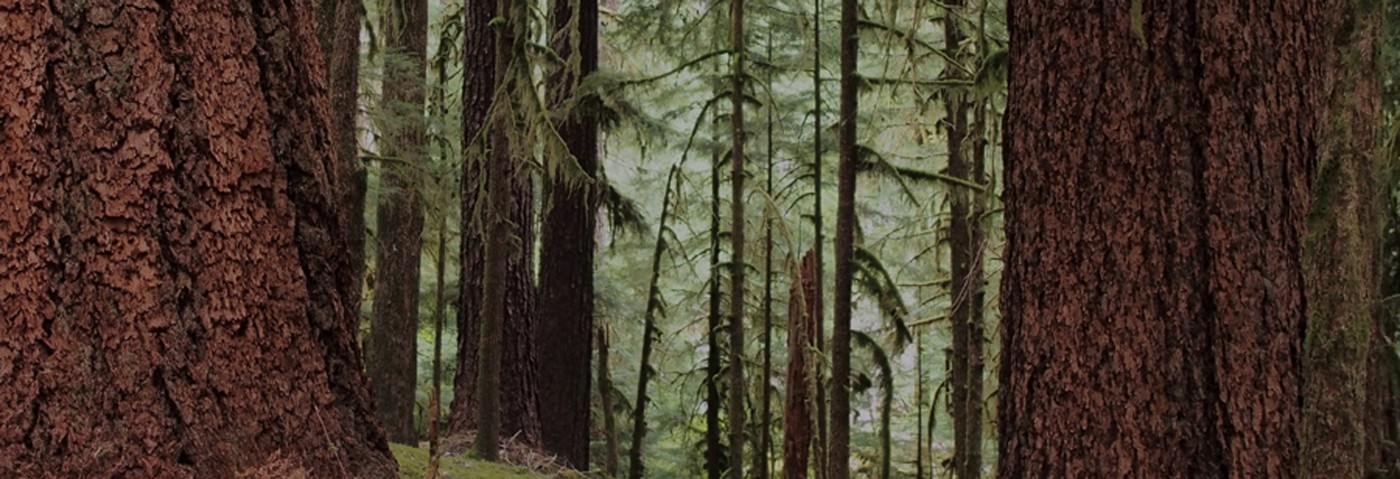Winter Solstice
By John Palka — Posted December 13, 2020
For those of us who live in the Northern Hemisphere, the Winter Solstice is approaching. The days are gradually getting shorter while the dark of the nights is lasting longer. After December 21st, the shortest day of the year, the days will start to lengthen again, at first imperceptibly and then more noticeably.
The Winter and Summer Solstices, and the Vernal and Autumnal Equinoxes in between, are among the many signs that our planet is a dynamic, everchanging setting for life. Our Earth is embedded in a dynamic solar system, and the cycles of the Sun and the Moon are constantly present in our awareness. The solar system, in turn, is embedded in a dynamic galaxy. We may not be aware of it, but the entire Milky Way, with its many arms, spins around a giant black hole and races through the Universe. Our planetary home is within one of those giant spinning arms.
Many manifestations of this celestial dynamism are part of our daily experience. Ask yourself:
- Why do we have an endless cycle of days and nights? Because our Earth rotates round and round on its north-south axis.
- Why do we have an annual cycle of seasons? And why are the seasons reversed when we pass from the Northern to the Southern Hemisphere? Because as the Earth rotates around its own axis it also revolves around the Sun, and the axis of its rotation is tilted relative to the plane of its revolution around the Sun. It’s the tilt that underlies the existence of the seasons and their reversal across the equator.
- Why do many regions, perhaps most famously India, experience regular monsoons on which agriculture, and hence human life, depend so heavily? Because during the hot summer, the land heats faster than does the ocean. The air over the land also warms and therefore rises. This pulls the cooler, moister air—which had previously been over the ocean—over the land. This moister air now warms and rises. As it rises, the moisture in it forms clouds and, ultimately, it falls as rain. So, the tilt of the Earth’s axis, which generates the seasons, and the response of the air to differences in temperature, are the joint reasons for the monsoons on which so many people depend.
- Why do we have tides? Tides profoundly affect the lives of all organisms, including people, who live along the thousands of miles of coastline. The force that moves such massive quantities of water is primarily the gravitational attraction between the Moon and the Earth. As the Moon circles around the Earth, the place on the Earth’s surface that is closest to the Moon, and therefore experiences the greatest pull, keeps changing. In this way, the location of the highest water level on the Earth’s surface changes all the time and the water’s level in any single location changes correspondingly.
Nothing on the Earth is static. Everything changes, often in a cyclical way. Only the rate of change varies from process to process.
Many cultures over many generations, and indeed over millenia, have celebrated the passage of the seasons. The period leading up to the Winter Solstice has long been honored as a time of quiet, of turning inward. Come with me now and be open to what Nature herself offers us at this quiet time of the year.
Trees and shrubs are becoming quiescent . . .


. . . the forest floor is strewn with remnants of last summer’s exuberance.

Yet there is also a readiness to burst forth again, manifest in the buds.


The water is stilling, transforming into ice . . .


. . . and sometimes forming a heart of its own.
It’s a quiet time of year. It invites us to experience Nature with our own open hearts, and with an open, but also inward, eye.

You help us find the heart of nature! Thank you for such a beautiful reflection. I will think of this and find peace in the stillness, as I go for my walks, and let that peace inside.
So perfect. My aunt once remarked to me that winter gives trees a rest.
Gorgeous, John…..and immensely important…..beautifully elegant explanations of our immersion and participation in a dynamic wholeness.
I have endeavored to write music that reflects and evokes these ‘same’ wonderful realities.
Here are two published articles, and much more on the website:
https://www.kosmosjournal.org/kj_article/emergent-universe-oratorio/
https://www.kosmosjournal.org/kj_article/fragile-gold/
Two lines from a poem at the wonder of the universe in Malayalam, learned in 7th or 8th grade, come to my mind. Here is my own, very crude, translation – “Infinite, unknowable and undescribable the paths traversed by this ball of earth. What does (can) a man sitting somewhere there grasp”.
The other thing that came to my mind is the book “Monsoon” by Dr. Kaplan which described how the Arabs and Chinese used the seasonal monsoon winds to sail and establish probably the first large scale multinational trade systems.
It is well to remember that it is (in effect) the CENTER of the earth that revolves around the sun. Thus, the oceans on the lunar and solar side of the earth experience diminished gravitational attraction to the center of the earth, being pulled by the sun and moon, while the oceans on the far side of the earth ALSO experience diminished attraction, bring farther away from the center. Hence two high tides daily, or in some cases, four.
You’re right of course, Peter. I presented the bare minimum just to keep things brief and simple. The link in the paragraph on tides takes you to a well-done article that explains exactly what you say in a very approachable way and with clear diagrams.
Regarding tides, the actual tidal flows are also affected by shape and size of the sea basin and the resonance frequency thereof. Refer to the delightful exploration in Tides by Jonathan White. Thank you Johnny for the presentation that does not deny the diversity of the natural world and has clarity to help us understand the forces at work.
Thank you so much for this and your other sharings, Johnny. Just wanted to let you know that I and hubby Robert are faithful followers who SO APPRECIATE all the beauty and knowledge that you bring to us –what a gift! We join you in our wonder and amazement at all that surrounds us in the natural world. We are entranced!
Isn’t it wonderful to feel entranced, Julie?
Thank you Johnny, I so appreciated reading this.
It was very nourishing for me to put it together, Karen. I wanted to do something for the solstice as we experience it, but also to provide a broader framework. The overall structure of the piece came to me one day as I was walking and photographing. I take moments like that as yet another gift from Mother Nature!
I love both the stillness and the hope you have captured in these magnificent photographs! The photos themselves create that sense of stillness that nourishes the soul! Thank you, Johnny!!
As the darkness expands, and the drizzle grows I’m reminded of the experience of the coming rapid brightening of which you speak —- change..!! 🙂 !!
Thanks Johnny, enjoyed your descriptions and also the photos. This is a special time, I feel it getting darker each day, so it seems, and that we are building up to a peak and then…sigh…the light comes back into our days, slowly, slowly.
As always, Johnny – thought provoking and heart warming! Blessings in this solstice season…..
Johnny
Your photos return me to the East coast. Winters in Seattle are a little less green but not bare and white and icy.
Our family celebrates the Solstice with images of the sun, gift giving, candle lighting and latkes.
Gratitude
Ernie
I love celebrations like that, Ernie! Is any part of it out of doors? I’ve been part of a few celebrations around a bonfire and they’ve been magical.
Very beautiful pictures. The northern latitudes seem to welcome the change of seasons very dramatically – almost like suddenly hearing Beethoven. In our parts, particularly the rainshadow regio of Tamil Nadu, where I live, we just seem to nod at departures and arrivals of seasons. Except when there is a drought or a cyclonic storm.
I am grateful for the pictures. But do explain what causes this burst of colours?
Truly beautiful, thank you. It’s the Winter Solstice today, and also the day of the great Jupiter/Saturn conjunction. A still, misty day in my part of England, perfect for going inwards and reflecting on the lessons of a challenging year, and also on the beauty that’s all around us and which offers us so much hope, if only we can tune in.